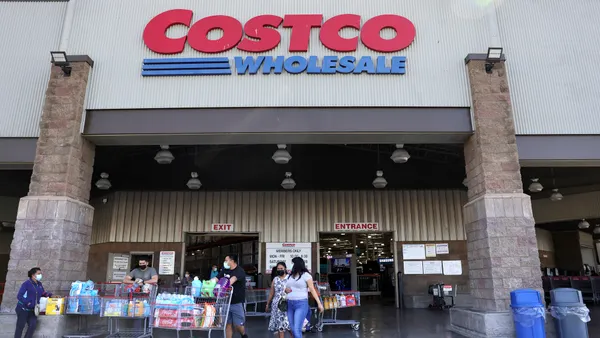Dive Brief:
- Luxury fashion house Burberry is diving into the world of fast fashion, announcing it will launch monthly product releases.
- The apparel brand said its monthly refresh is part of a plan to "excite customers with new deliveries and frequent communication."
- Burberry joins a number of other high-end fashion houses experimenting with ways to shorten long production cycles and keep customers hooked, according to Reuters.
Dive Insight:
Burberry’s push to release monthly limited edition clothes and products may be innovative in the fashion world, but it is old hat in the traditional manufacturing sector.
Producing small lot sizes in focused factories to meet customer demand is at the core of lean manufacturing. Burberry’s supply chain may need to convert to more of a lean model to meet new market conditions, but it is not an insurmountable task.
Factories making items from kitchen sinks to computers have successfully adopted lean concepts, shortening the time from design to delivery. Fashion is next up.
The traditional fashion industry is one that still clings to long-held traditions, designing and producing products well in advance, actually creating the demand of the next fashion season. Marketing creates the anticipation and sets the stage as latest trends hit the stores. And as winter gives way to spring, the cycle starts again.
Yet the model is evolving, based on quickly changing customer demand patterns. Retailers with flexible supply chains and good market analysis can swiftly determine popular products and styles and quickly get them onto the racks and shelves, especially at lower price points.
While the larger labels try to set the trends, the more flexible retailers capitalize on their agile supply chains to meet a different type of customer demand. These are not ‘knockoff’ products; they are competitive products in an industry undergoing transformation.
Burberry’s business model change is in reaction to these aggressive retailers responding to the needs of the market. Other companies will certainly follow, creating permanent changes in the fashion related supply chain. While some labels will continue to lead the market in traditional ways, others will move towards a more flexible system to meet customer requirements.
Scarves or snow blowers, the fundamentals of manufacturing are the same. And these days, customers are calling the shots.












